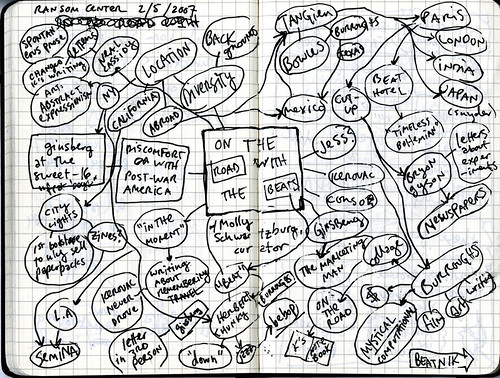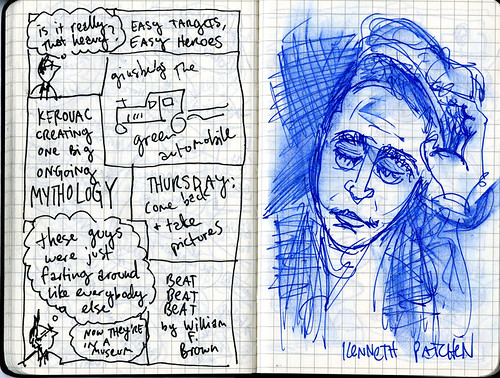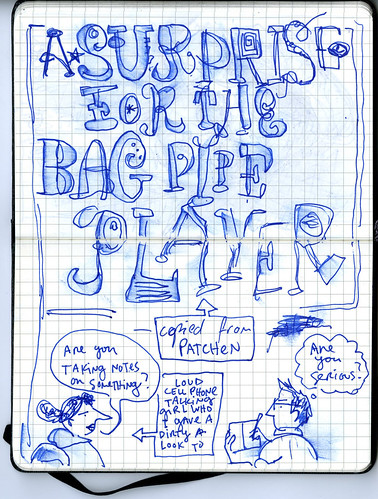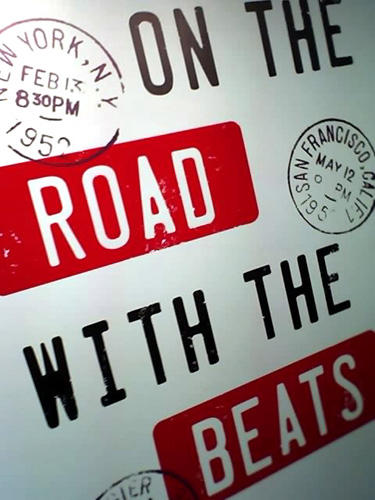
There’s a fantastic exhibit that just opened up at the Harry Ransom Center called “On the Road With The Beats,” showcasing the center’s wonderful collection of Beat Generation materials. They have letters from Allen Ginsberg, old Zines by William Burroughs, great prints by Kenneth Patchen, and best of all, a digital display where you can page through Kerouac’s original notebook for On The Road.
On Tuesday we went to the opening and got a 1 1/2 hour tour by the show’s curator, Molly Schwartzburg:
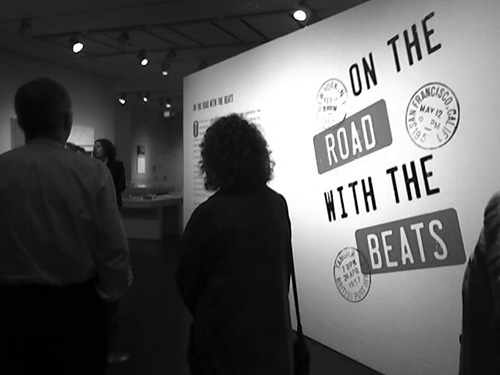
Here’s Molly on the organization of the show:
“From the first stages of preparing this exhibition, it was clear that place, travel and motion were a natural way to frame the Ransom Center’s Beat holdings….In their lives, art and their love for jazz, the Beats wanted to improvise, to leap into the unknown, the unscripted, the unconventional—and one of the most important ways they did this was through their legendary travels across the country and the oceans.
She’s interested in works that blend together art and the written word, so there was a lot of visual material—so much to look at that I went back on Thursday and I’ll probably have to go back next Thursday. Then I’ll have to go back in early March to see the first 48 feet of Kerouac’s original On The Road scroll.
Here are some of my notes:
And here’s a great quote I read by Kenneth Patchen:
“it happens that very often my writing with pen is interrupted by my writing with brush, but I think of both as writing. In other words, I don’t consider myself to be a painter. I think of myself as someone who has used the medium of painting in an attempt to extend. It gives an extra dimension to the medium of words.”
On Thursday, I was copying some lettering from a Kenneth Patchen print, and this girl was talking really loud on her cell phone. I gave her a dirty look, and she said, “Sorry!” but then proceeded to continue her conversation. Finally, she came up to me and we enacted the scene in the sketch below:
Whether you like the Beats or not, this is a great show, and I would encourage everyone nearby to go see it.
Related reading: The New Yorker on why the archives of so many writers end up at the Harry Ransom Humanities Research Center
